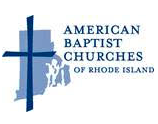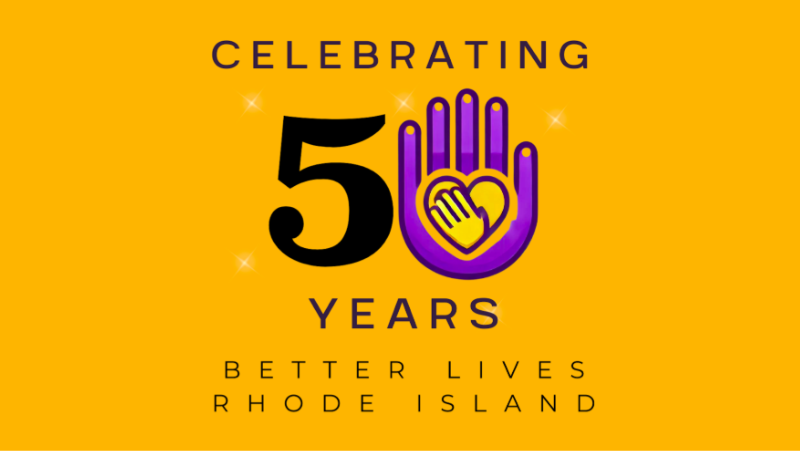
Williams soon gathered the faithful in regular worship in his home, holding services several times a week. After about two years, this little congregation became the first Baptist church in the New World. Williams concluded that believer’s baptism was the only valid concept of baptism. Since he and all his congregation had been baptized as infants, in late 1638 he had himself rebaptized and then he rebaptized his flock.
However, Williams’ spiritual journey did not end here. Within months he came to doubt that any existing institution could validly call itself the church. He concluded that the church had died when the Roman Emperor Theodisius had made Christianity the state religion of the Empire around 385 A.D. He believed that all of the rites and practices of the church had become invalid and corrupt.
SO, in the summer of 1639 he resigned, but he cherished the belief to the end of his long life (1683) that the church that he planted was based on Scripture. He remained steadfast in his defense of religious freedom, and his influence caused Rhode Island to be a unique haven of religious liberty in the seventeenth century.
The Baptist church lived on under the leadership of Elders ordained from its ranks from 1639 to 1771. They had no meetinghouse until 1700. In that year, the pastor, Pardon Tillinghast, erected a tiny building on a 20 by 20 foot lot he owned on North Main Street. This soon proved to be inadequate as the church grew, so a second meetinghouse, measuring 40 by 40 feet was erected next door to the first one. Providence continued to grow through the eighteenth century, and the Great Awakening increased the number of Baptists all over New England. Finally the present meetinghouse was built. Its size and beauty indicated that the direction of Baptist work in Providence had come under the leadership of James Manning.





